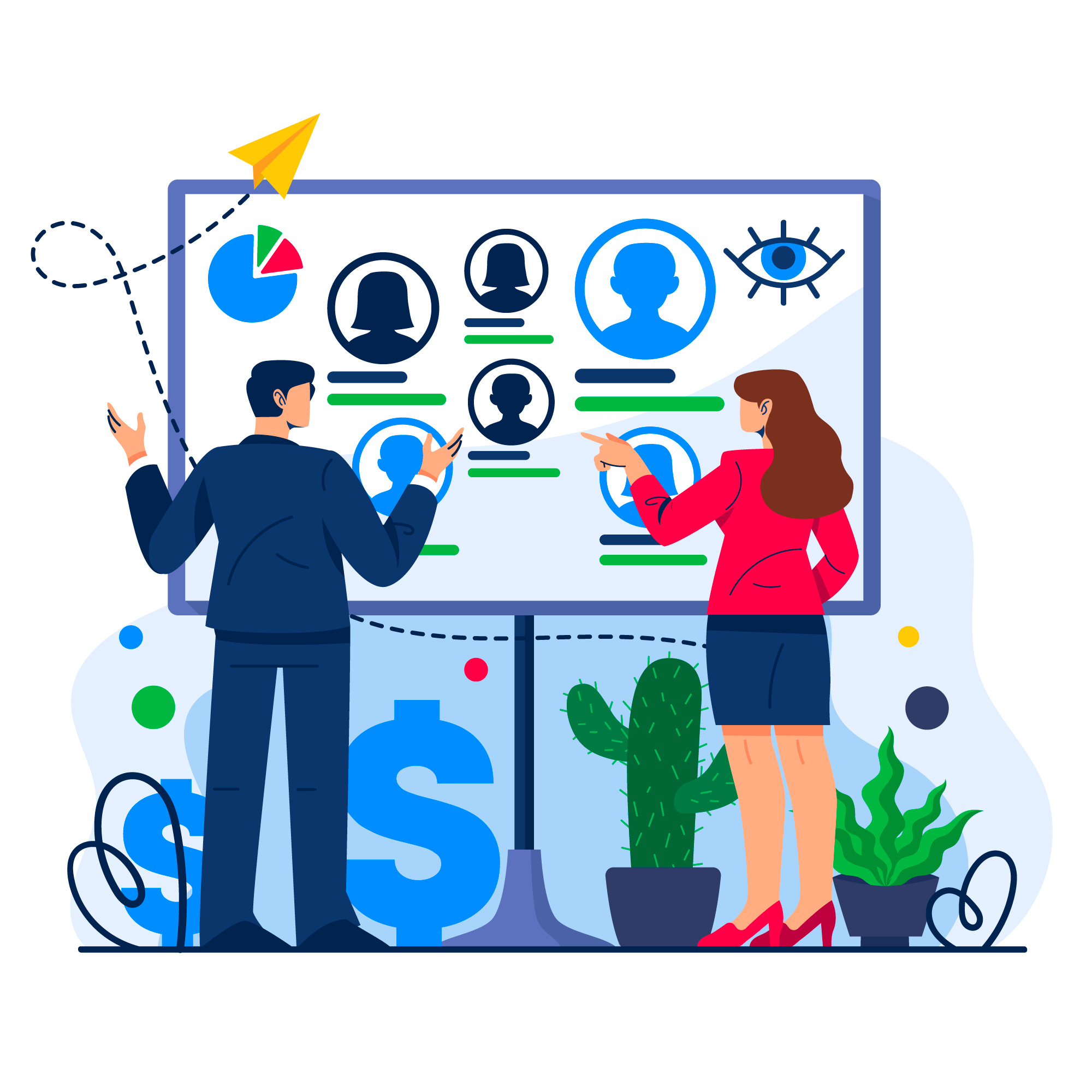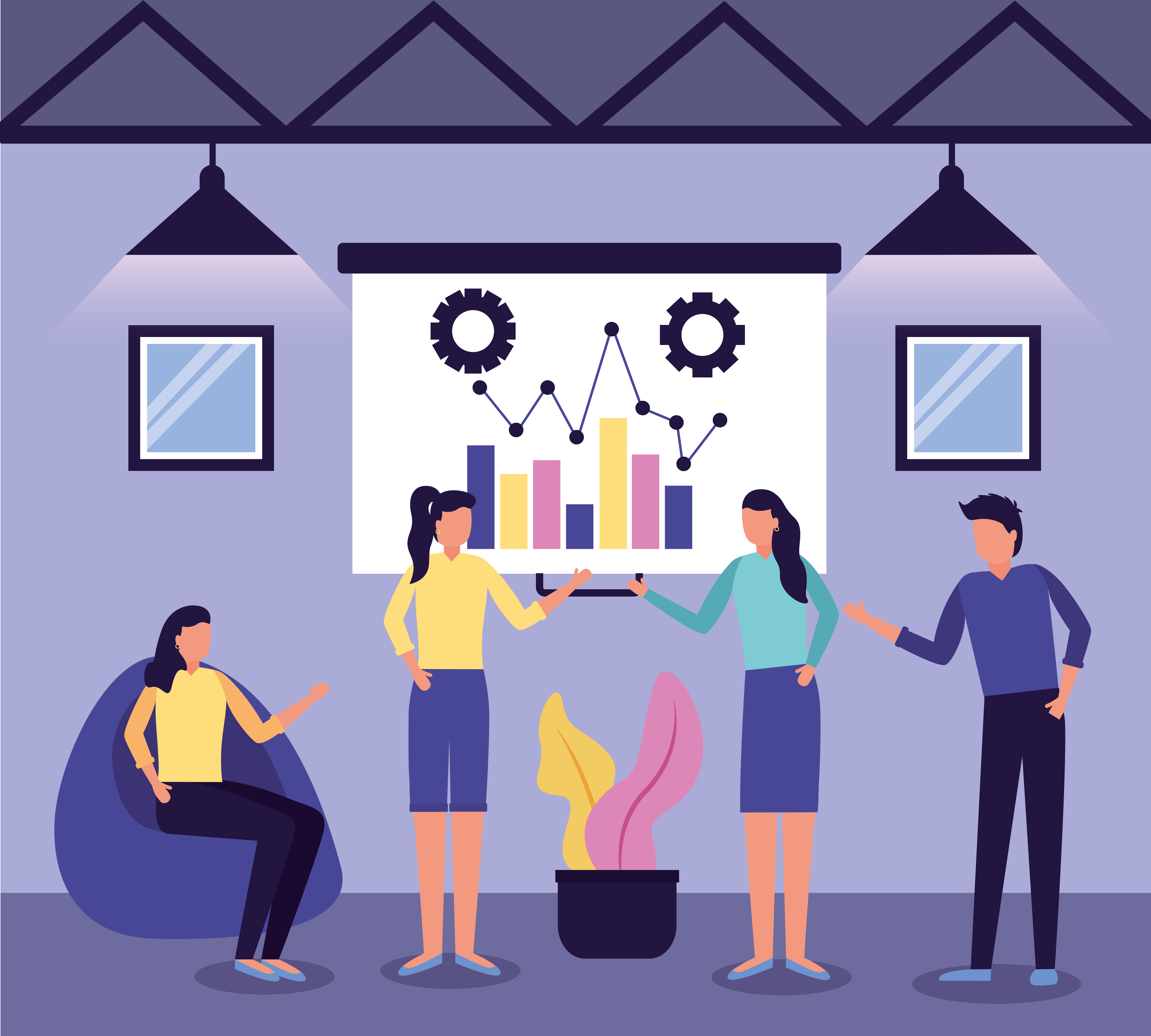In a rapidly evolving work environment, traditional talent management strategies often fall short of addressing the dynamic needs of modern organizations. Enter agile talent management: a forward-thinking approach that emphasizes adaptability, continuous learning, and collaboration. This blog explores how HR professionals can shift from conventional methods to an agile framework, integrating tools like microlearning to meet the demands of today’s workforce.
Don't miss out this blog on : The Microlearning Movement: How Bite-Sized Training Boosts Productivity in the Workplace.
Understanding Agile Talent Management
What do you understand by an Agile Workplace?
Imagine a workplace where your talents are nurtured like a plant, constantly growing and adapting. That's the essence of agile talent management. It's about ditching the old, rigid ways of doing things and embracing a more flexible, responsive approach.
- Instead of annual performance reviews: You have regular check-ins with your manager, getting and giving feedback in real-time. This helps you stay on track and address any issues immediately.
- Forget rigid job titles: Your role evolves based on the company's needs and your own skills. You're encouraged to learn new things and take on different responsibilities.
- No more top-down decisions: You're part of a self-organizing team, empowered to make decisions and contribute your ideas.
- Continuous learning is key: The company invests in your development, offering training and mentorship opportunities to help you grow.
Why Make the Shift?
- Dynamic Work Environments: Employees today face constant change, from emerging technologies to shifting market demands.
- Employee-Centric Models: Modern workforces demand more autonomy, meaningful engagement, and continuous development.
- Enhanced Productivity: Agile methods foster innovation and quicker decision-making, directly improving organizational outcomes.
Key Differences: Traditional vs. Agile Talent Management
|
Aspect |
Traditional Talent Management |
Agile Talent Management |
|
Feedback |
Annual reviews |
Continuous feedback cycles |
|
Learning |
One-time training programs |
Continuous learning (e.g., microlearning) |
|
Employee Role |
Fixed roles and responsibilities |
Fluid roles based on projects and goals |
|
Decision-Making |
Top-down hierarchy |
Collaborative and team-oriented |
|
Adaptability |
Slow to adapt |
Quick, iterative changes |
Steps to Transition to Agile Talent Management
1. Embrace Continuous Learning
The foundation of agility lies in equipping employees with the right skills at the right time. Tools like microlearning platforms enable employees to access short, targeted lessons, ensuring ongoing development without disrupting workflows.
2. Adopt Agile Feedback Models
Frequent feedback loops, such as weekly check-ins or real-time assessments, replace outdated annual reviews.
Tip: Implement tools like Slack or Microsoft Teams to encourage ongoing dialogue between managers and employees.
3. Redefine Roles
Shift from rigid job descriptions to dynamic roles that evolve with project requirements. This ensures that teams remain adaptable and can respond to challenges effectively.
Actionable Insight: Collaborate with employees to map out a skills matrix that aligns with both individual aspirations and organizational needs.
4. Incorporate Flexible Work Practices
Support agility with flexible schedules, remote work options, and project-based team structures.
Example: A global IT firm adopted agile talent management and increased productivity by 20% through flexible work policies.
5. Integrate Technology for Talent Analytics
Leverage HR analytics tools to monitor employee engagement, skill gaps, and performance trends in real-time.
Recommendation: Use platforms like Workday or BambooHR to align talent metrics with business outcomes.
The Role of Microlearning in Agile Talent Management
Microlearning aligns seamlessly with agile principles by delivering targeted, digestible content tailored to employee needs.
Benefits Include:
- Time Efficiency: Lessons lasting 3-5 minutes ensure minimal disruption.
- Personalization: AI-driven platforms like 5mins.ai create tailored learning paths.
- Measurable Impact: Post-assessment tools help track knowledge retention and application.
Practical Application:
For example, an organization transitioning to an agile model could roll out microlearning courses on agile methodologies, such as Scrum or Kanban, to upskill HR professionals in managing iterative processes.
Measuring the Success of Agile Talent Management
Metrics to Track:
- Employee Engagement: Use pulse surveys to gauge satisfaction and involvement.
- Skill Development: Monitor progress through learning analytics.
- Productivity: Assess team outputs against agile project goals.
- Retention Rates: Higher retention often reflects better alignment with employee expectations.
Challenges and How to Overcome Them
- Resistance to Change: Host workshops to educate teams on the benefits of agility.
- Initial Implementation Costs: Leverage cost-effective platforms like 5mins.ai for scalable learning solutions.
- Lack of Expertise: Partner with consultants or offer in-house training on agile principles.
The shift from traditional to agile talent management is more than a trend—it’s a necessity for modern HR teams. By embracing adaptability, continuous learning, and employee-centric strategies, organizations can future-proof their workforce and thrive in competitive markets. Integrating tools like microlearning into this framework makes the transition seamless and impactful.
Ready to transform your HR strategy? We at 5mins.ai offer market's largest library with 20,000+ bite-sized lessons, discover how we can support your journey to agile talent management for modern workforce needs.
Get a free demo today by clicking on the button below!
.png)



